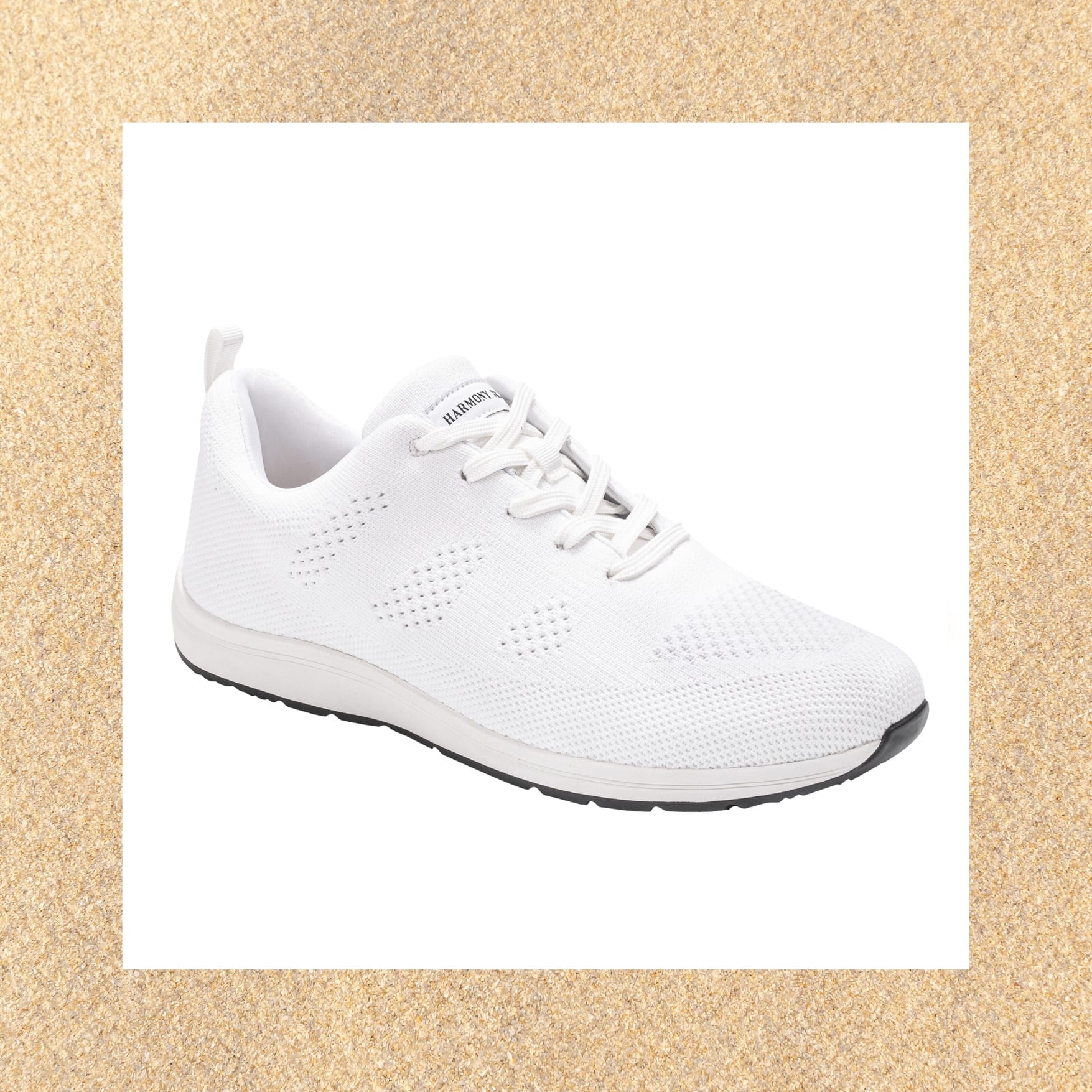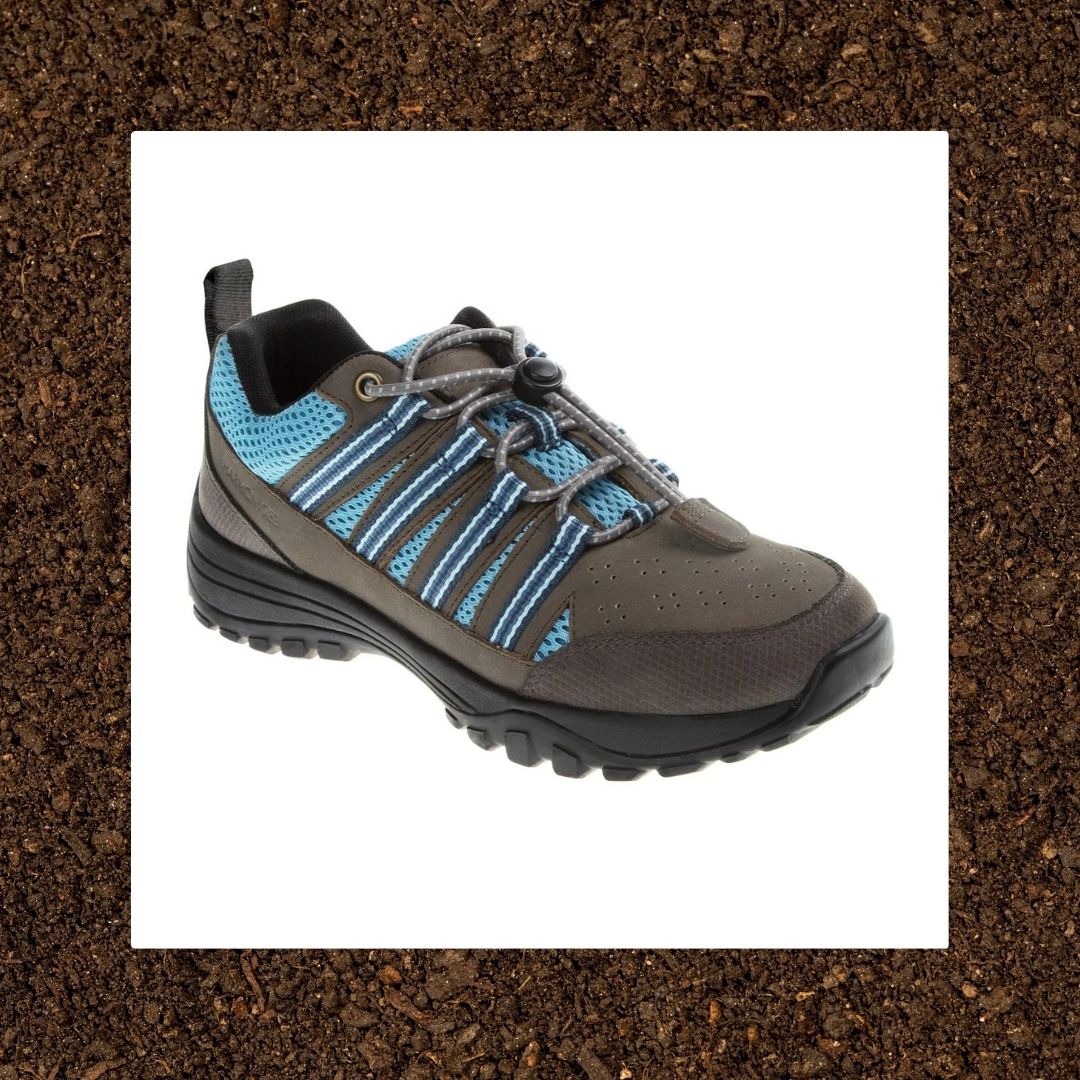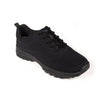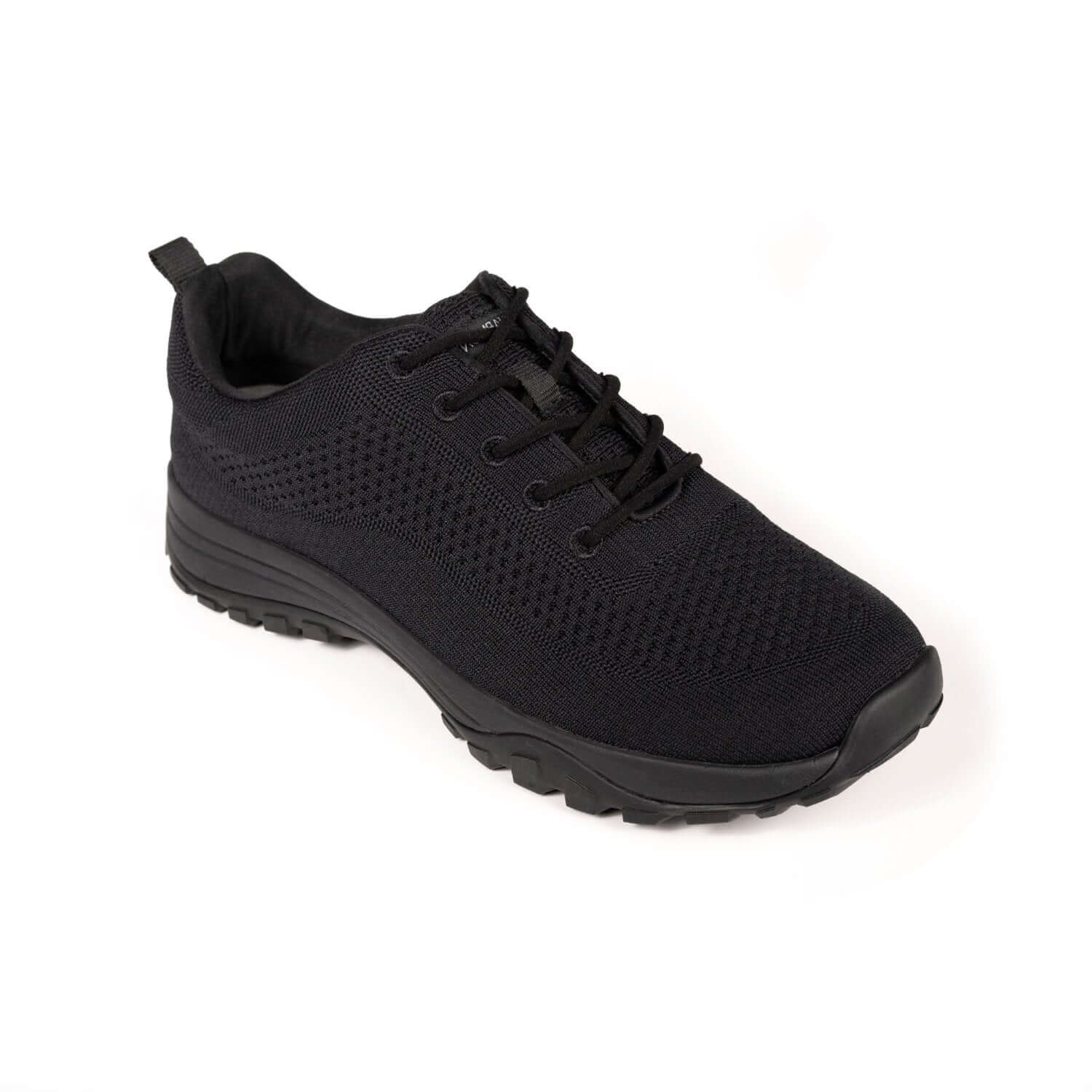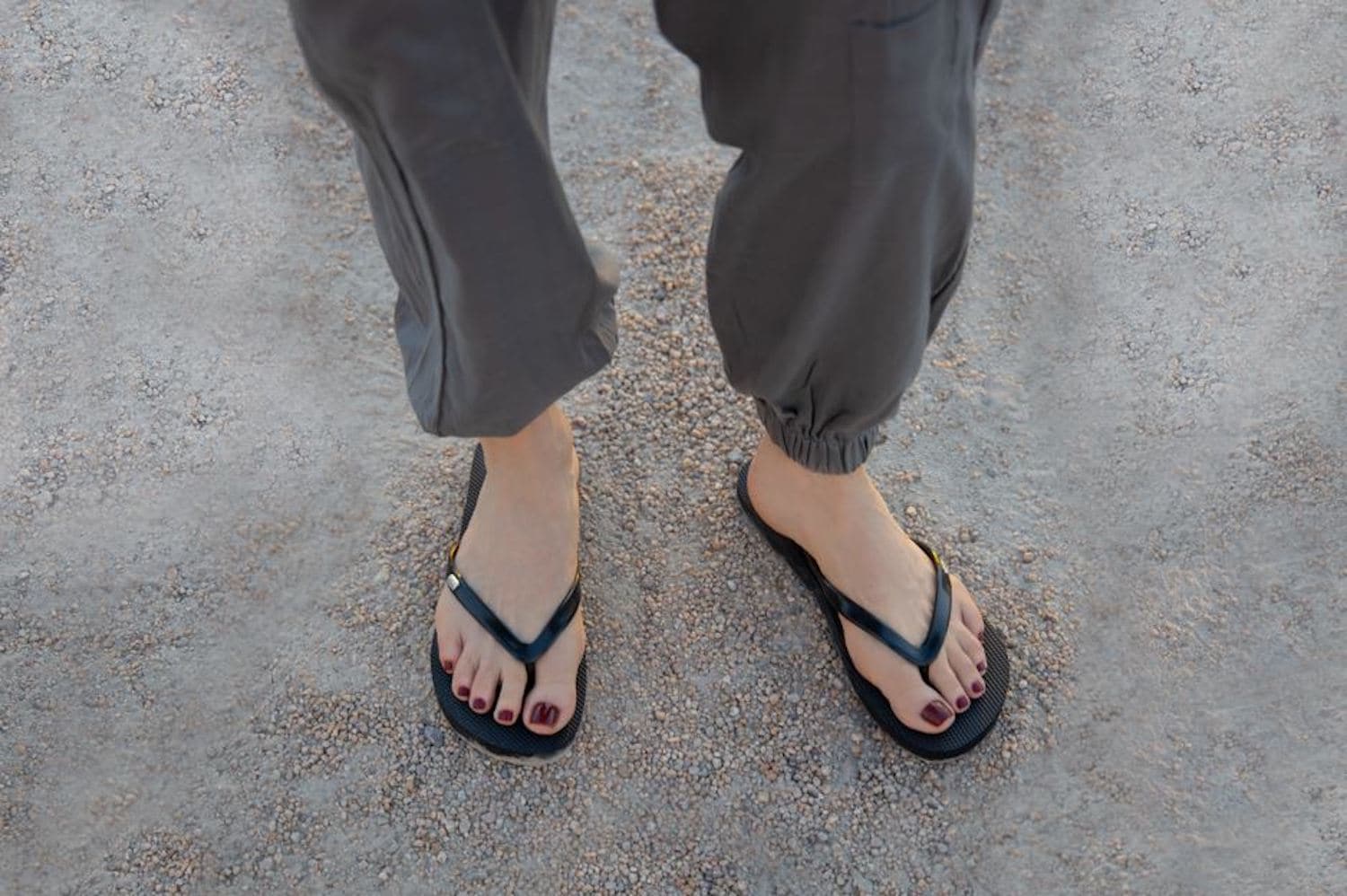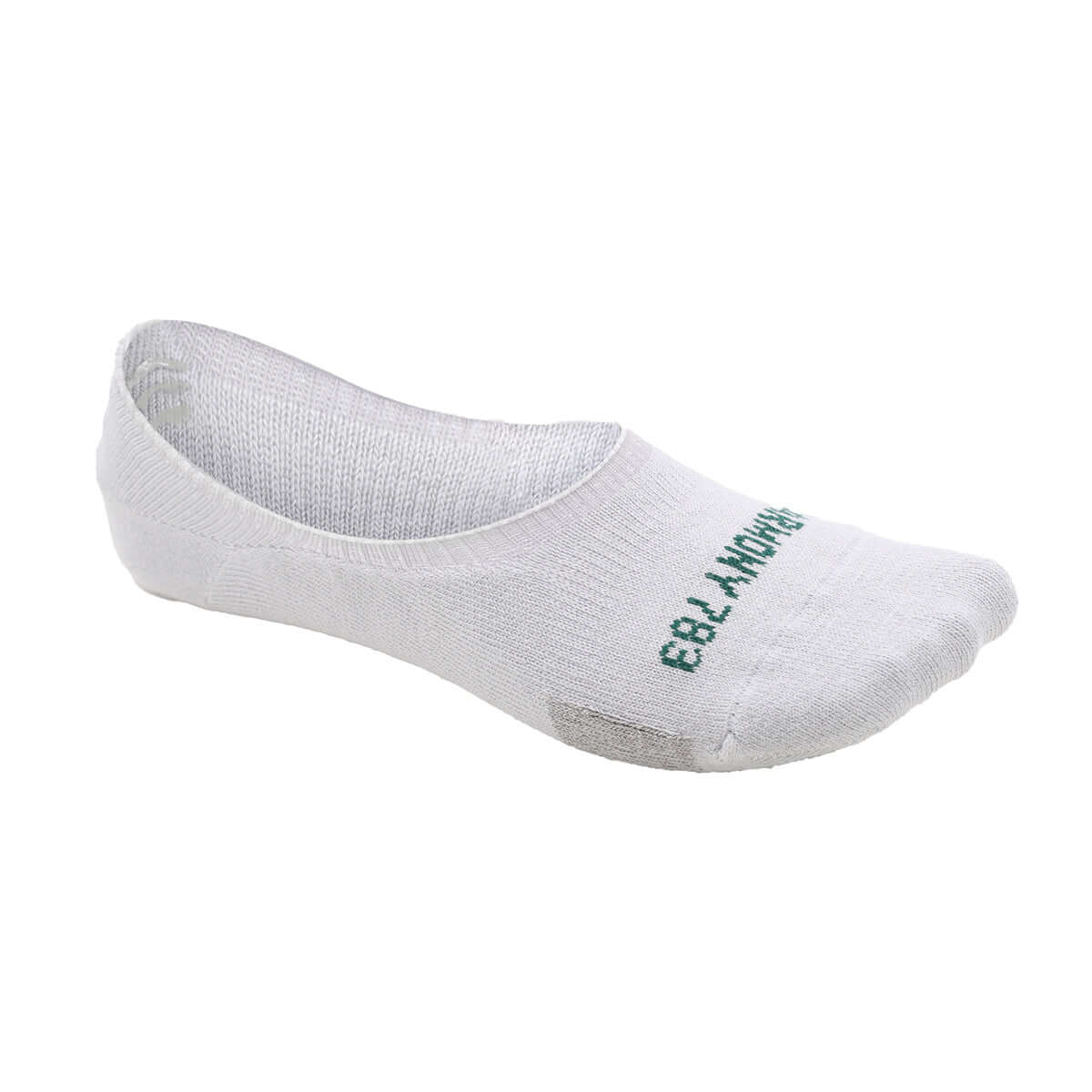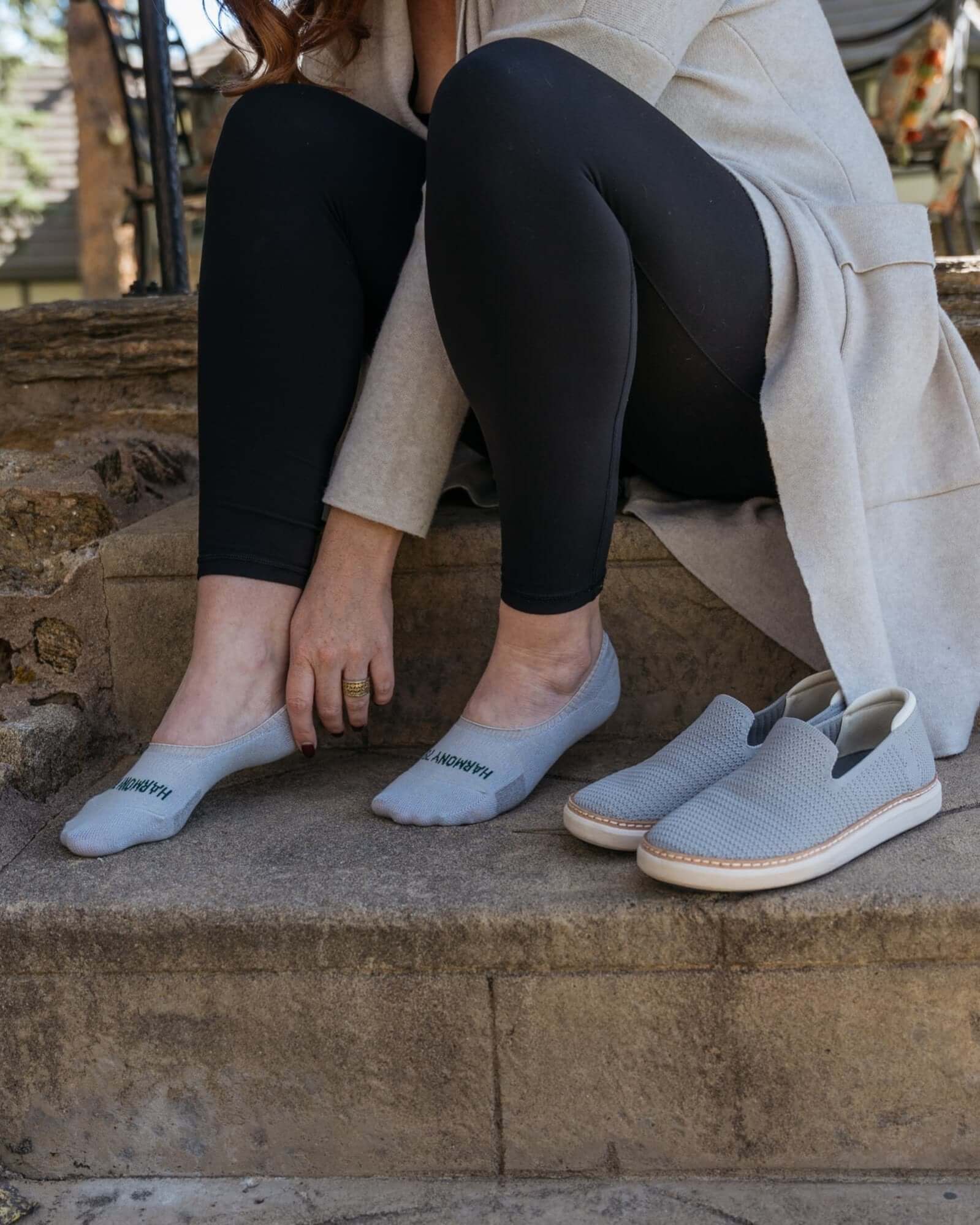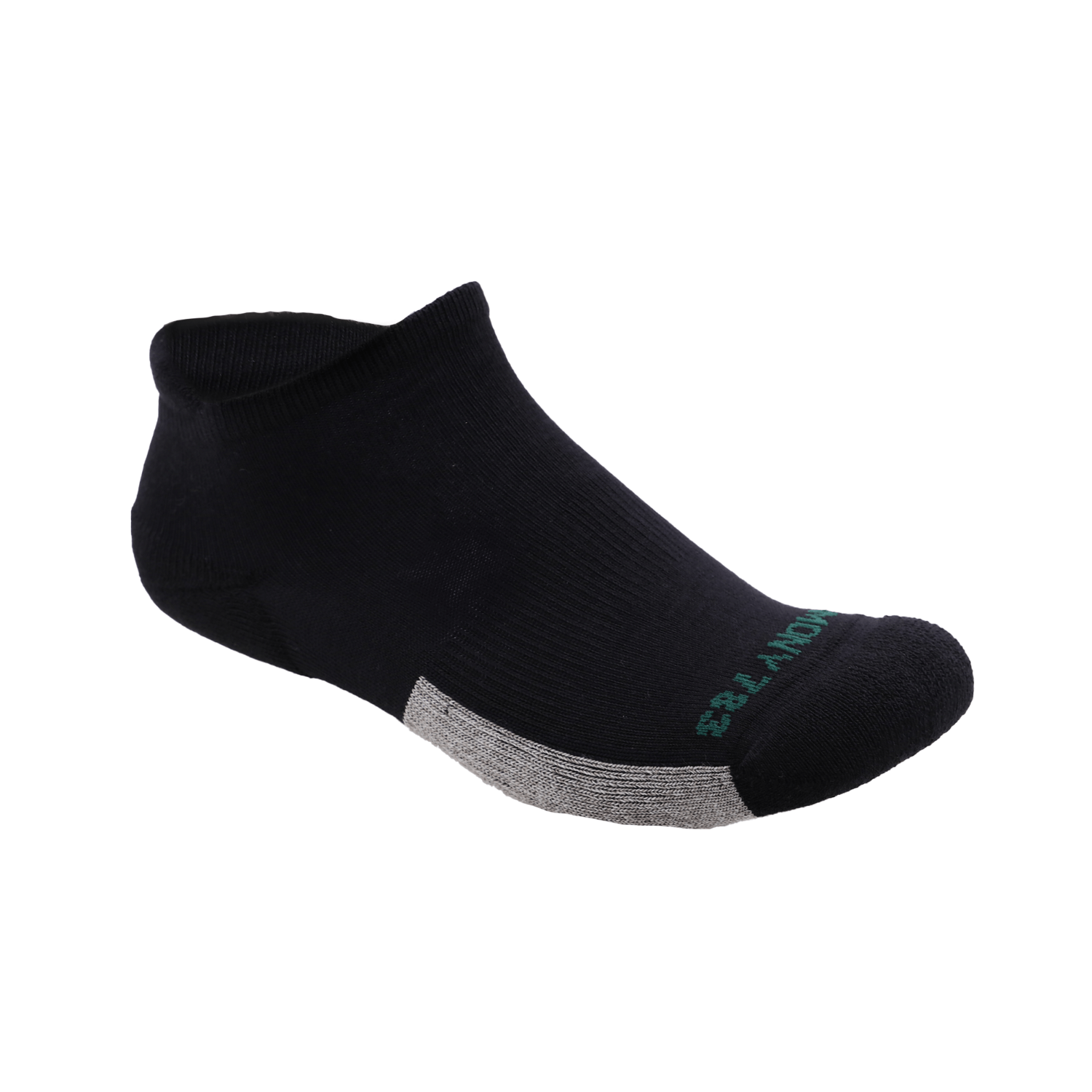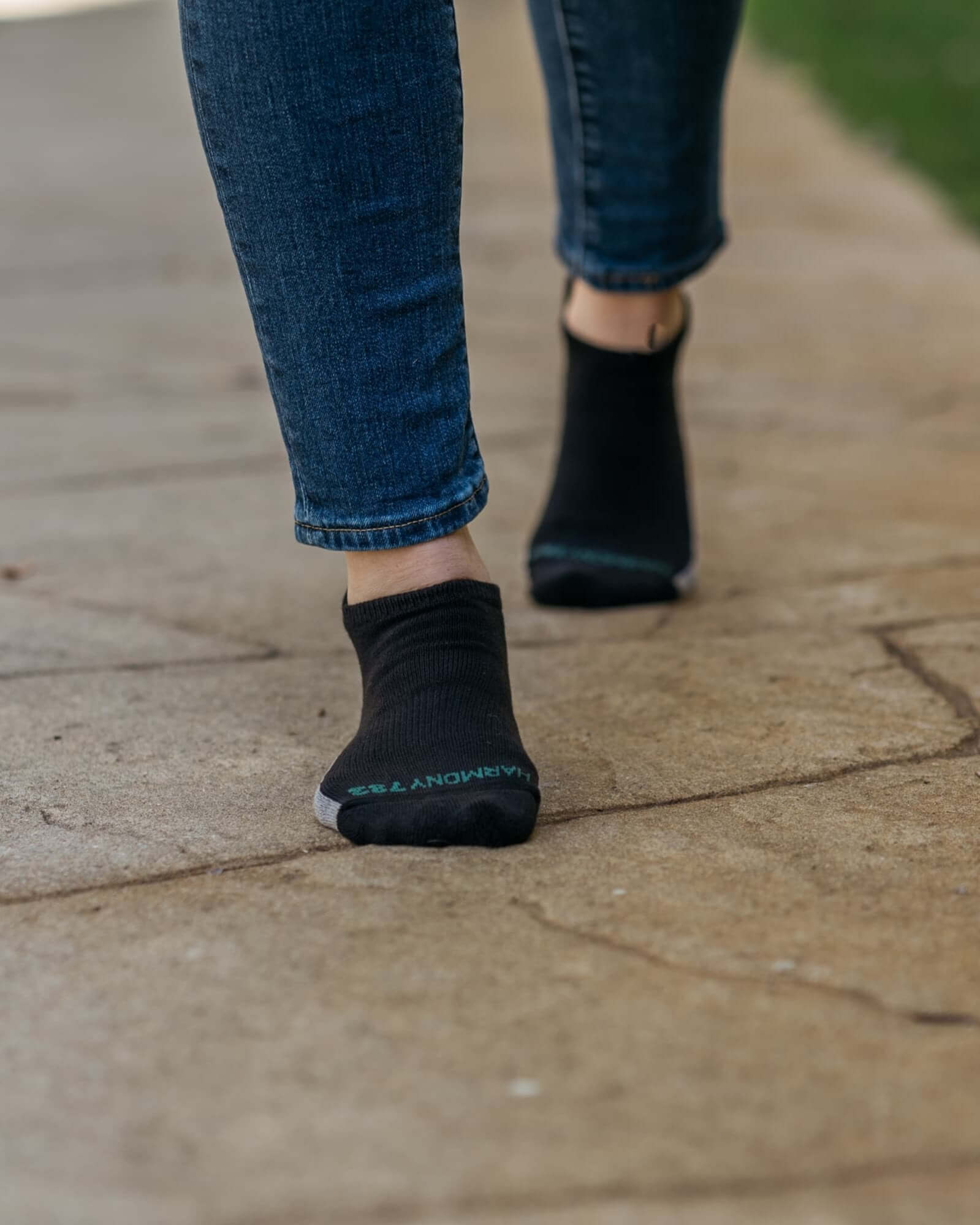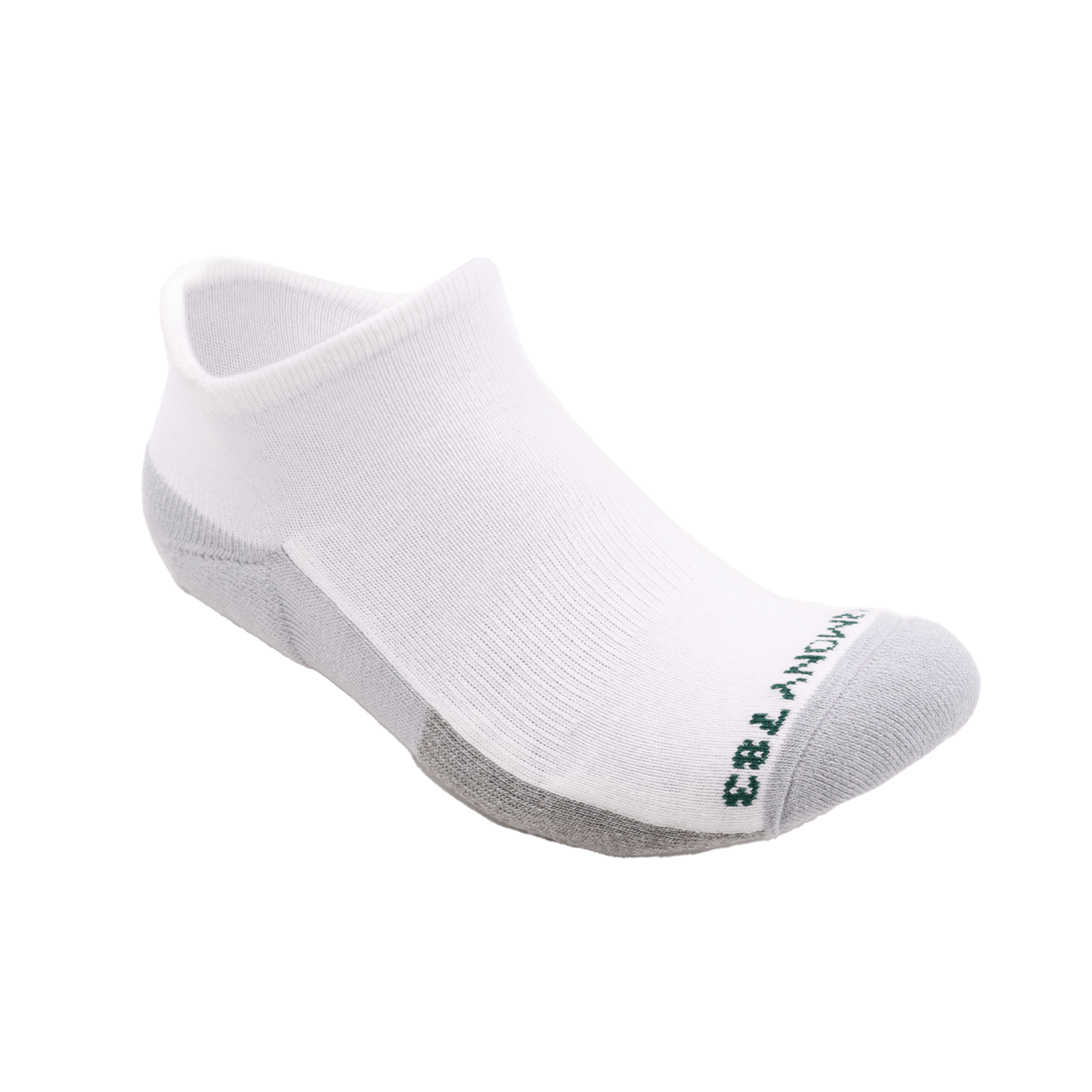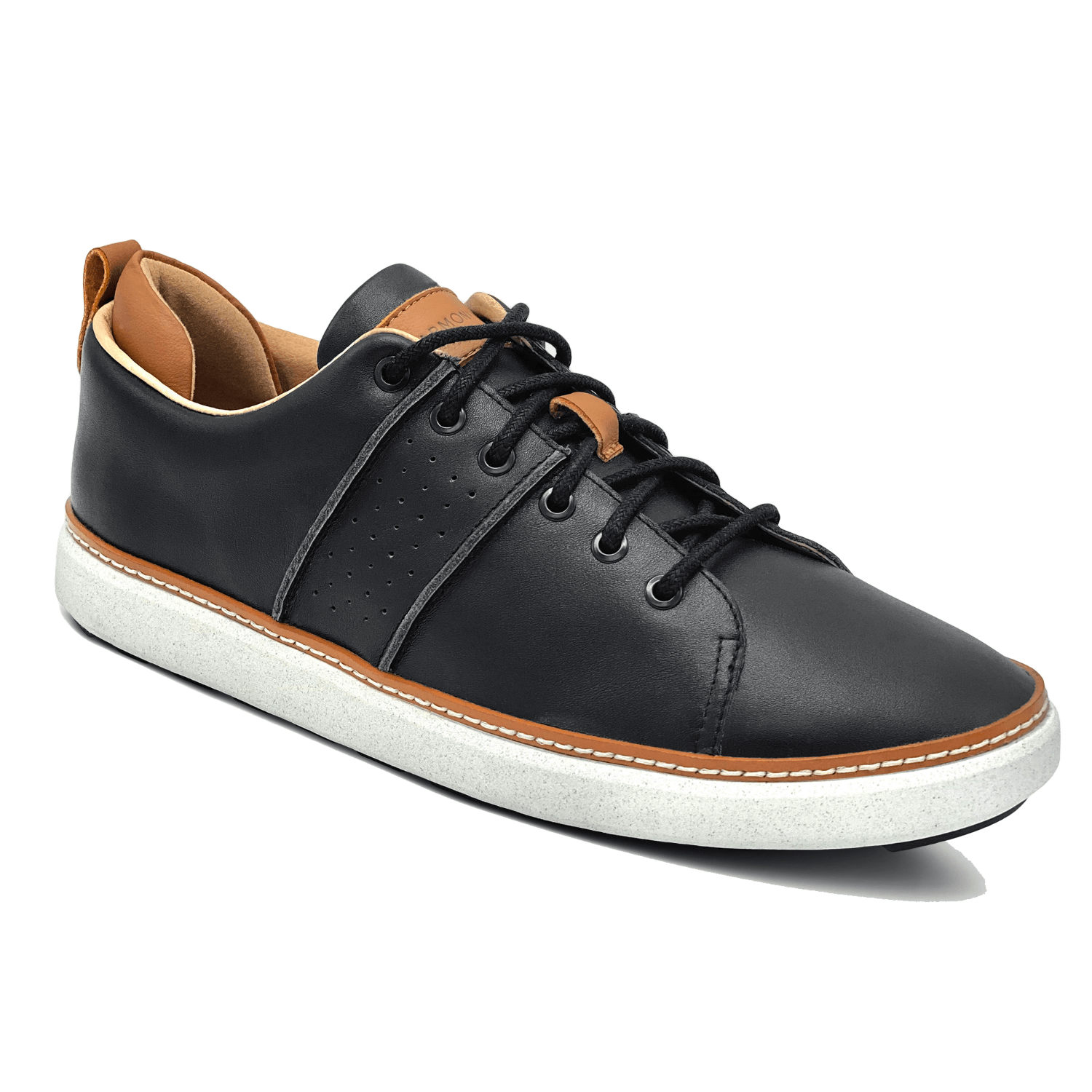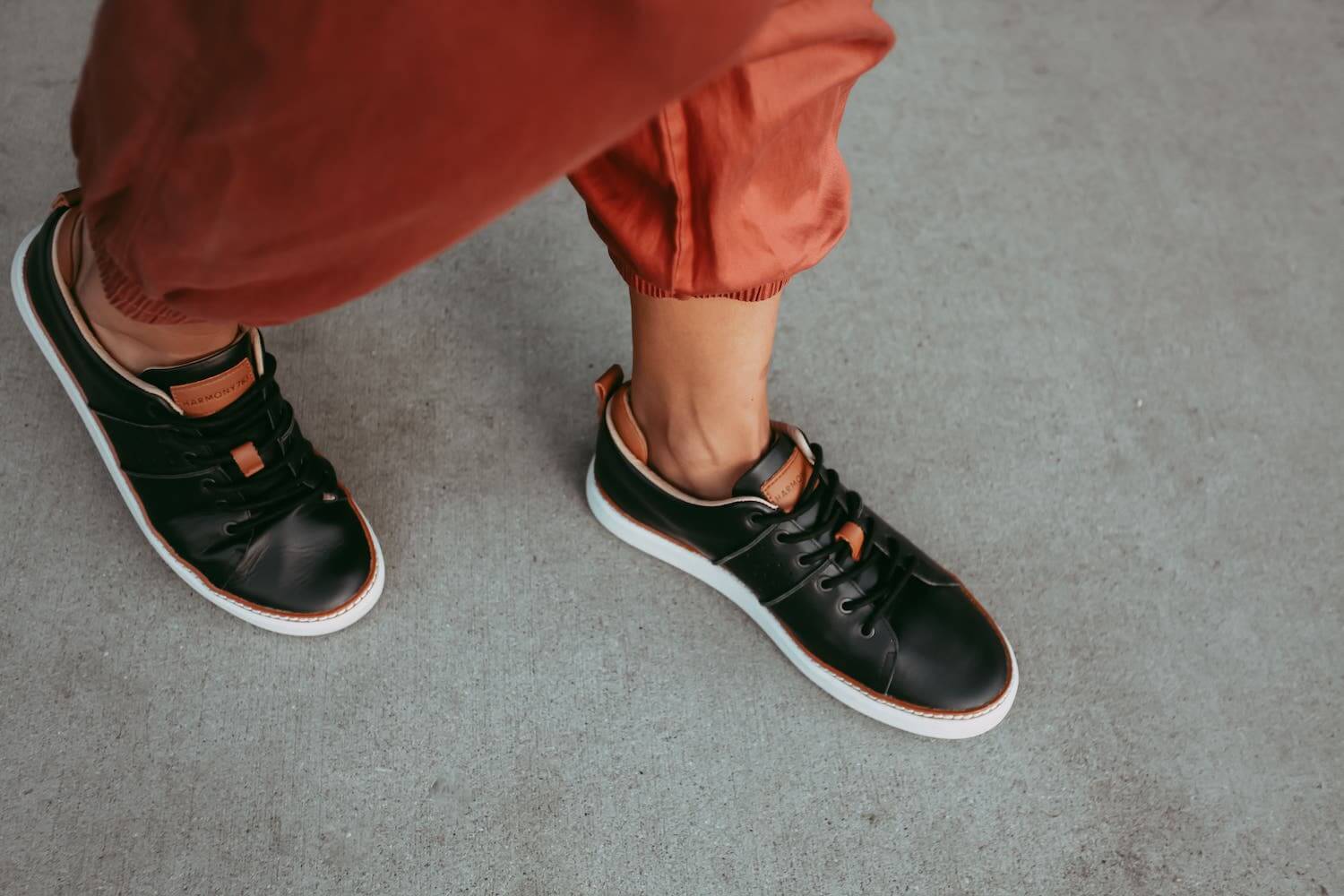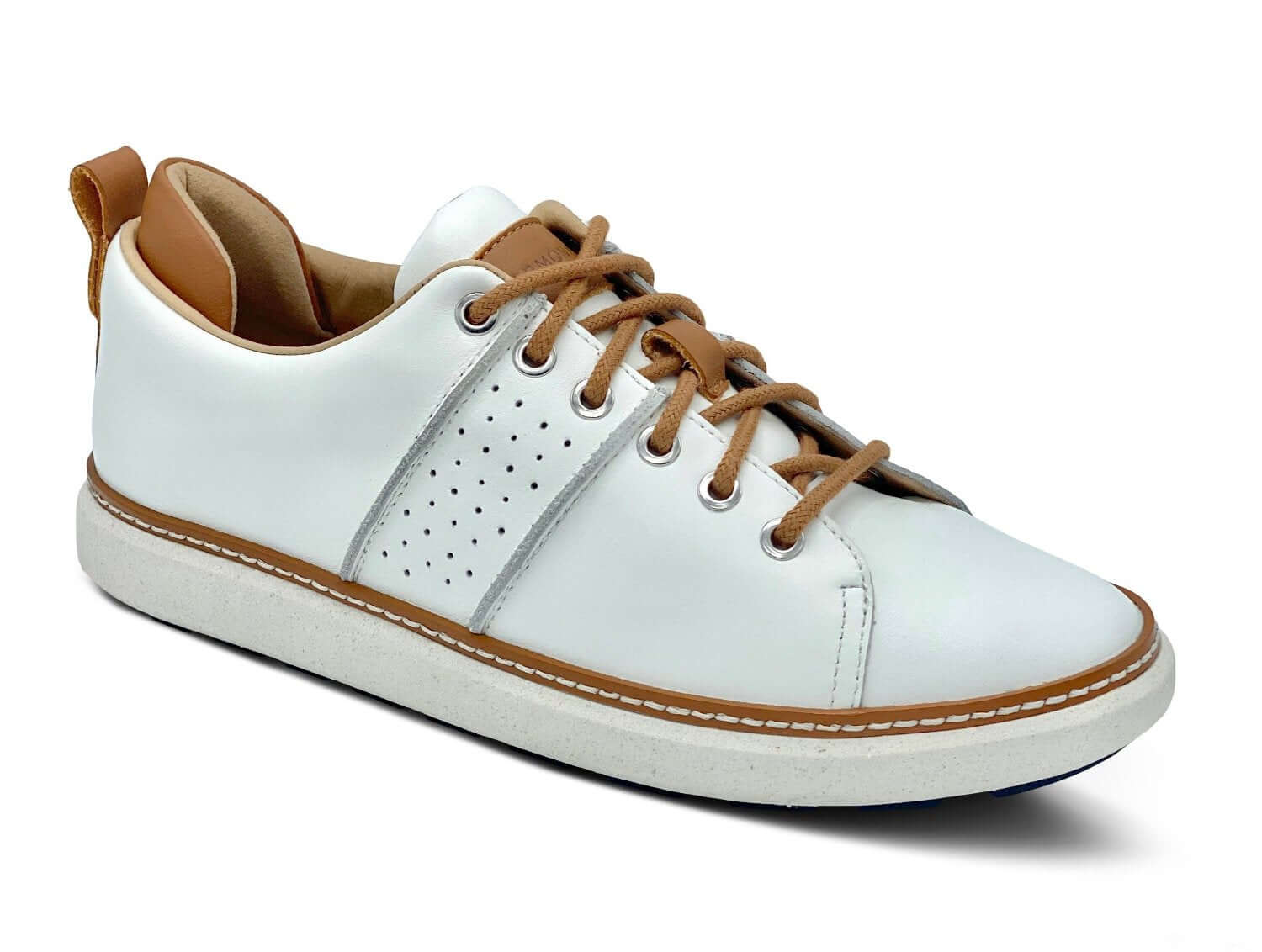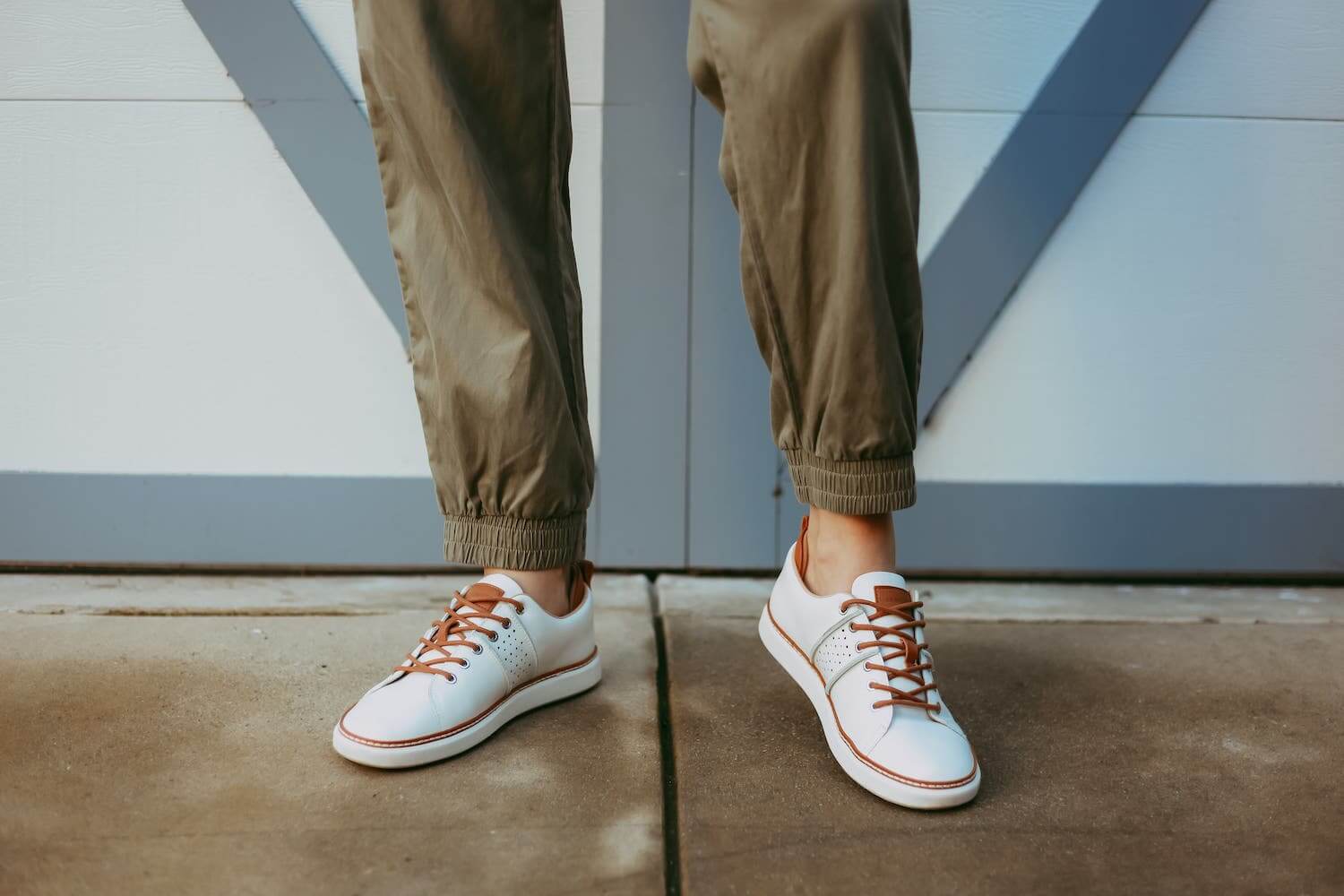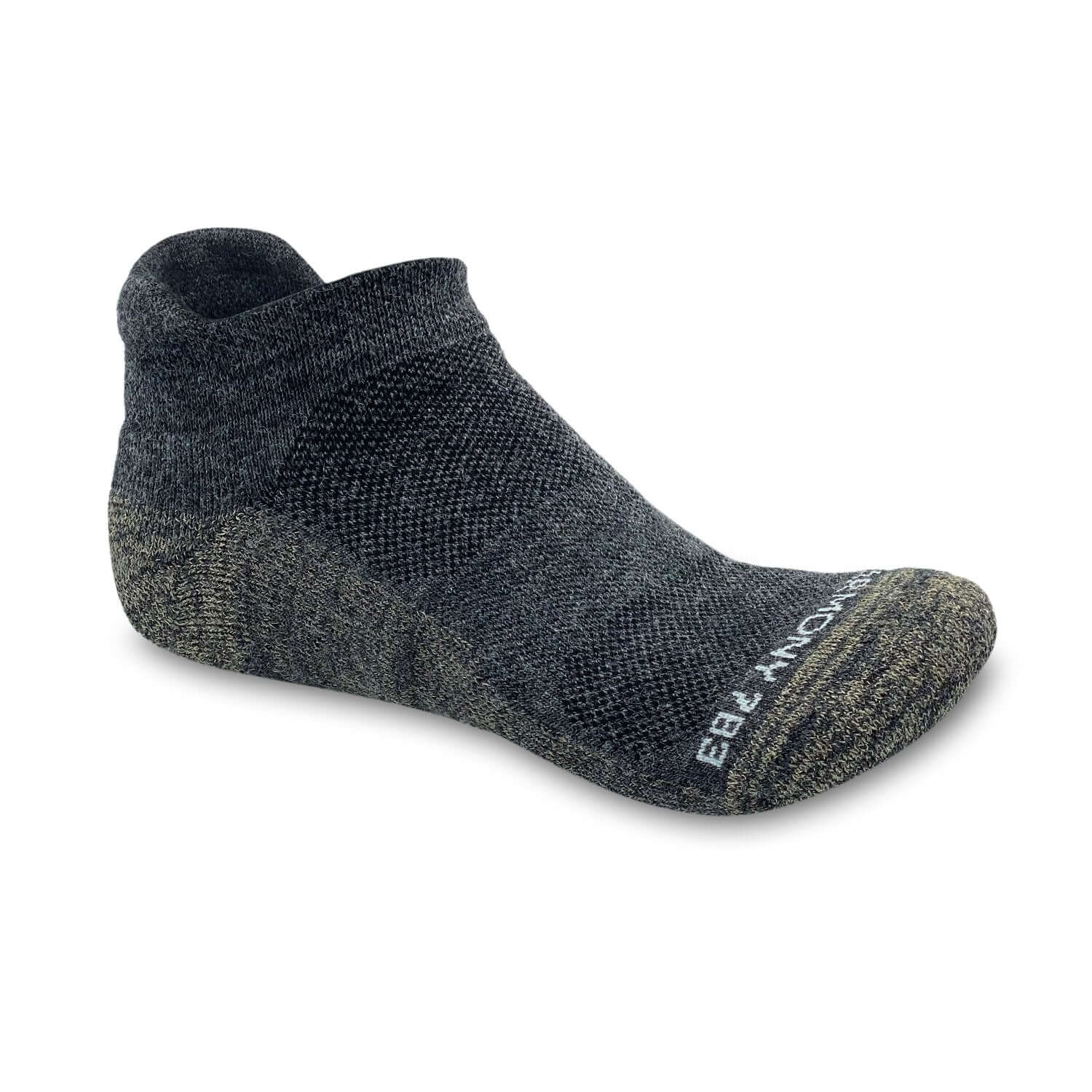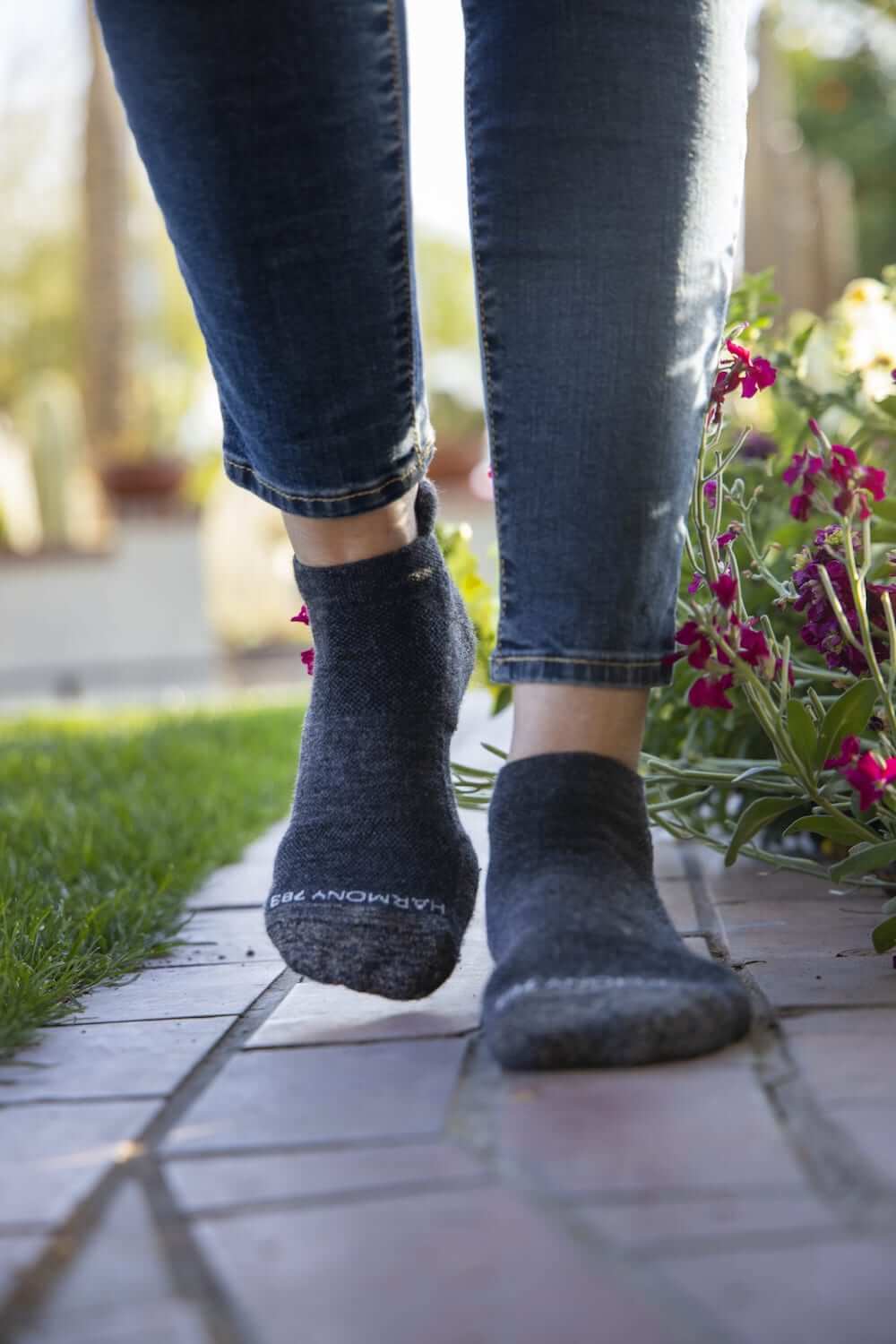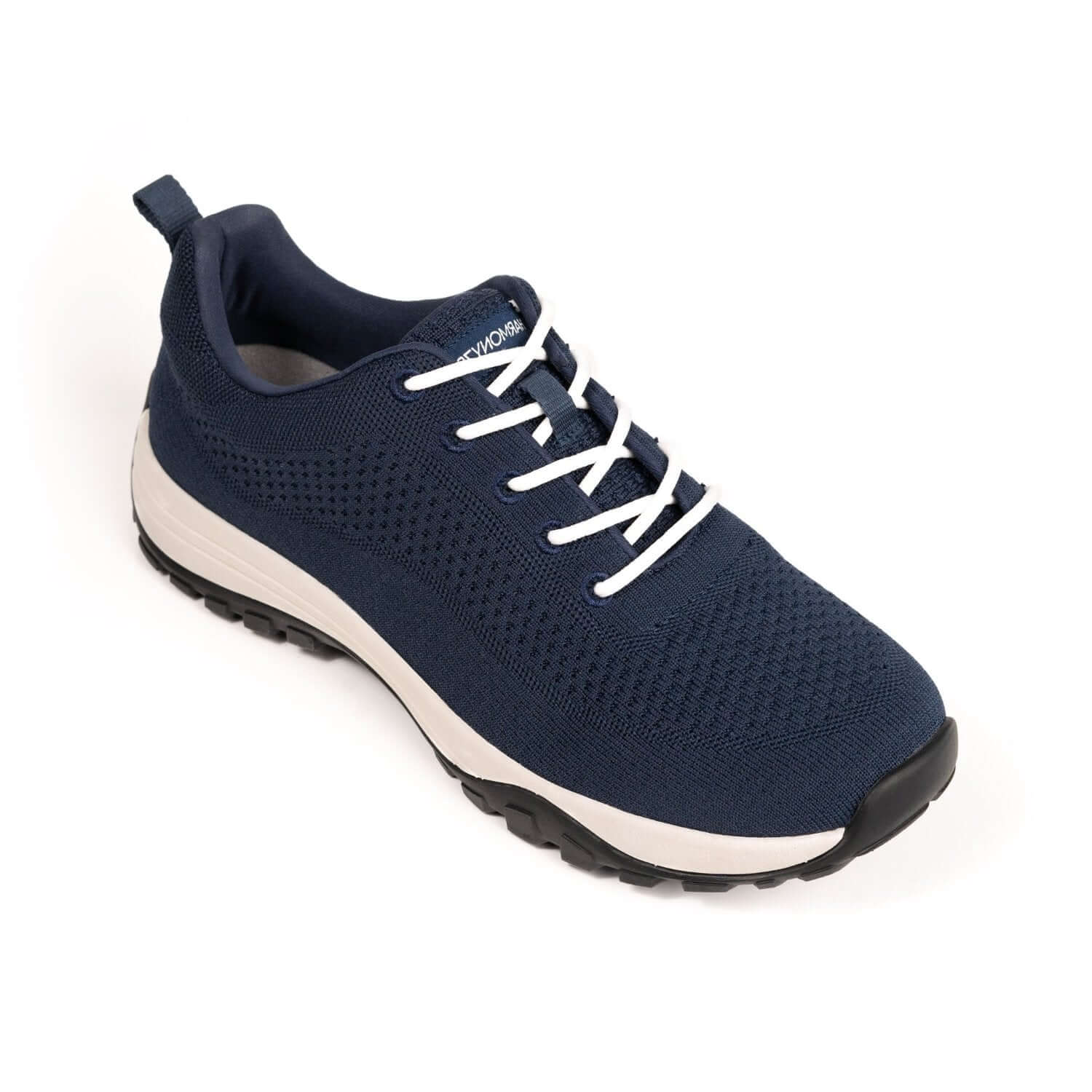What exactly is grounding? We hear this question often, especially now that the practice has grown in popularity. Though growing, many still don’t fully understand, and as importantly, appreciate grounding, also referred to as earthing.
Many questions revolve around this practice. How does it work? Why should I do it? And frequently heard, why are so many people today falling in love about walking around barefoot to experience the benefits firsthand—or better said first foot? We’re here to answer any questions you may have and encourage you to take a little time and partake in grounding yourself.
A few inspiring stories of those who benefit from grounding is where we’ll start.
According to Barefoot Wisdom: Better Health Through Grounding, earthing helps football legend Aaron Rogers sleep soundly and retired NFL pro Dennis Pearson quell his arthritic aches and pains. Elite Cyclists, such as Tour de France contenders, turn to grounding for race recovery and healing advantages. Grounding-aware fitness enthusiasts walk, hike, and head outside to allow Earth’s energy to do the healing work while they work out.
Grounding is also supporting people of all ages; many everyday people’s well being during this pandemic, including homeschoolers and those working-from-home. Studies substantiate that being grounded helps support and boost one’s immune system; reducing inflammation is one of the most positive related benefits.
Earthing/Grounding Basics
Let’s start with the basics and answer the first question: what is grounding?
In simple terms, you’re connecting your body with the earth’s electrical field by contacting directly to the earth’s surface. The idea is that our bodies have evolved to function in coordination with the earth’s natural energy fields.
By making a connection to the surface barefoot or through your skin—hands touching a rock, laying or walking on a beach with your bare skin touching the sand, being knee deep in your garden, or yes, even hugging a tree—you’re helping your body return to a natural state of homeostasis, which is a state of steady internal, physical, and chemical conditions maintained by living systems.
You can also become grounded indoors, as well. A few ways include taking a bath while allowing the water to drip lightly through the faucet, grounding mats, or enjoying a pedicure with your feet in an electric tub.
Despite living on the planet, there are plenty of things that prevent this connection from happening consistently and frequently during the day. Our homes, clothing, and especially most shoes today made of synthetic soles all act as insulators that prevent us from being in contact with the surface of the earth.
That’s why grounding is considered an essential daily practice. When you get grounded for even 20-30 minutes a day, this simple and easy act can be highly beneficial to your body; longer is better, of course. You consciously need to partake because there are so many distractions in our lives these days.
At first, the concept may sound a bit far-fetched, but there is real science behind it.
Firstly, our bodies are conductive, which means that electricity can pass through them. As electricity passes through, some of the charge remains behind. Also, keep in mind that the amount of electricity traveling through our bodies can be very minute.
You may be unaware this is happening, even if it exists within most things we encounter throughout the day. We build up a positive electrical charge, and “positive” is not a good thing in this context. Here, positivity harms your body; in almost all ways, it slows things down. Particularly a healing process.
Grounding is a way you can get rid of this charge. The earth has a negative charge, and because our bodies are conductive, all we need to do is make direct contact with it. When you do, the excess energy leaves your system, and your body begins to stabilize. It’s that simple.
Many scientific studies report that when the positive charge is removed from our bodies, it’s shown to reduce inflammation because the negative charge has an “antioxidant” effect. Antioxidant has become commonplace in today’s vocabulary.
Antioxidants play a critical role in maintaining good health. They help counteract the negative effects of free radicals that are produced by cells as they consume oxygen. Free radicals are a natural part of your immune system’s efforts to destroy bacteria and other threats. However, too many can cause damage to tissue in the body. Grounding works like an antioxidant because the negative electrical charge that enters our bodies neutralizes these free radicals.
Other studies also show that removing this positive charge can help reduce fatigue, sleep disorders, cardiovascular disease symptoms, along with anxiety and depression.

How do I get grounded?
Are you eager to try it yet? We, of course, are enthusiastic advocates. As if the health benefits aren’t enough, earthing is a straightforward process—you simply make direct contact with the earth’s surface.
But, if you’re looking for pointers, we’ve got you covered.
- Wear Grounding Shoes: Going barefoot isn’t a practical option today for most people. The good news is that grounding footwear, now available in current, trendy, and comfortable styles, provides the solution. Rubber soles and synthetic materials found in most shoes today are insulators that create a barrier between your feet and the ground. Grounding shoes designed and engineered to conduct nourishing electrons from the earth into your body are the next best thing to walking around barefoot.
- Go Barefoot When Possible: We mentioned folks walking around barefoot directly on the ground, and that’s one of the easiest ways to ground if your environment is conducive to that opportunity consistently. It’s completely free and easy to do when outside and on the earth’s natural surfaces. However, it is important to note that you can’t get grounded on insulating surfaces, such as asphalt (blacktop has an oil sealant over concrete), carpet, sealed tiles, or wood floors. The best grounding surfaces include but aren’t limited to grass, sand, soil, rocks, unsealed tiles/brick, and concrete. You can take a walk through the yard barefooted, hug a tree (yes, the tree huggers did have it right); sit down and read a book leaning against a stone wall; and of course when the weather's friendly and your green thumb is calling, work with bare knees in your garden. There are a number of books on the topic of grounding that are excellent; we admit to being a tad biased and recommend Barefoot Wisdom: Better Health through Grounding, co-authored by Harmony 783 co-founder Sharon Whiteley, an authority on grounding).
- Lay On the Ground: The more contact you can make with the ground, the better. Laying down is a great way to increase your surface area. Think about laying on the beach with some bare skin in contact with the sand or on a lakeside when the season, geography, and your environment permits—that’s grounding in one of its most relaxing states.
- Sleep and Get Grounded Indoors: If you want to take things a bit further, you can use grounding sheets and mattress pads in your home. They work to supply your body with a negative charge as you rest. Companies also make grounding mats, which you put under your desk or wherever you’re sitting (grounding shoes or barefooted are the best ways to use the mats). These products plug into the grounding outlet of your home or business electricity receptacles.
- Put Your Feet in the Water or Go for a Swim: Besides the beach, going for a swim during the summer season is another enjoyable form of grounding. You get to cool off, have fun, and even get some exercise. To ground, you have to do it in a natural body of water. Find your favorite swimming hole, and enjoy yourself. Again, weather permitting.
How Often Should You Get Grounded?
Grounding is simple, but fitting it into everyday life can sometimes feel overwhelming. So, how much time does it really take to experience the benefits?
The truth is that it varies. Some people notice an immediate shift, while for others it’s more subtle. As a general guideline, aim for at least 30 minutes a day. The Earth’s charge is gentle, so it takes time to release built-up energy.
You might feel a light tingle, a boost in overall energy, or improvements in your sleep. Or you may not feel anything at all in the moment, but the benefits are still happening beneath the surface.
If you can ground for longer, the positive effects can be even greater. Of course, grounding outside isn’t always practical thanks to weather, location, or busy schedules. That’s where grounding shoes come in. They let you stay connected to the Earth’s energy anytime, anywhere, without needing to go barefoot.
Concluding Thoughts
If you’re dealing with physical or emotional stress, we encourage you to give grounding a try. Not only is it a great wellness hack, but it is also a great way to enjoy the environment and be outside in nature, proven by “forest bathers,” to be nourishing.
Even if you are skeptical of the health benefits, what’s the harm in getting out and spending a little more time appreciating the planet we get to live on?



